All we are saying is give fleece a chance
Wool month is the time to consider sleeping in bedding sourced from a local flock, says Giles Kime.
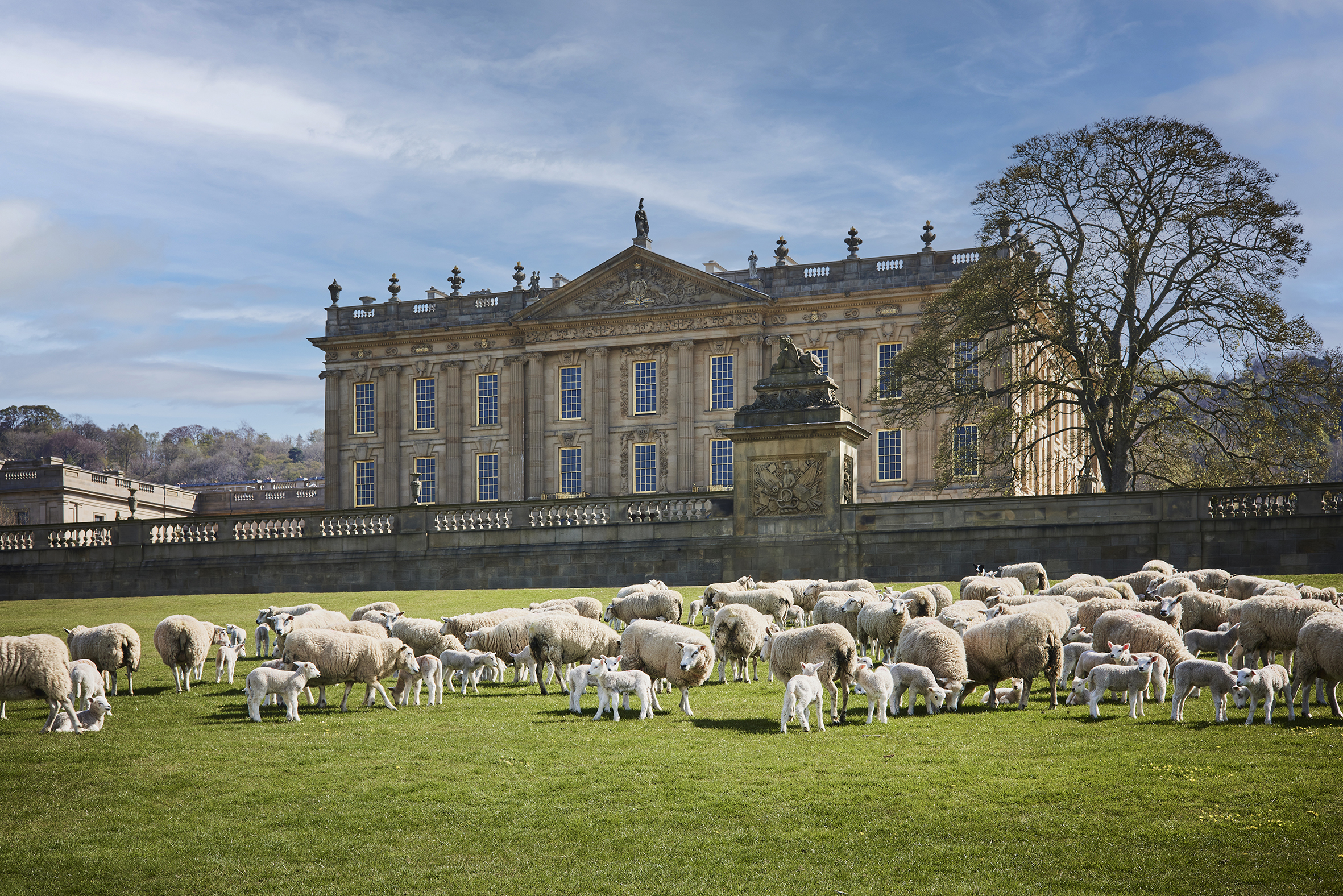

The delightful Goodens Gold, an award-winning ale, is made at the Flower Pots brewery five minutes from where we live. On the outskirts of the village, a vineyard produces grapes used to make delicious Raimes sparkling wine.
Lately, it’s been easier to shop locally for food and drink than it is to find furniture. That wasn’t always so: from the 1870s to the 1930s, the building in our garden where I’m writing was a saw shed, where timber was cut before being fashioned into windows, doors, furniture and coffins. Being hyperlocal in one’s buying habits was woven into the warp and weft of life until globalisation did for it.
The hyper-smart version of hyperlocal is furniture made from timber grown on your own land, as was the case on so many great English country houses. Nor was it limited to furniture; other materials sourced locally included both stone and lime. Self sufficiency might be associated with 21st-century environmental concerns, but it was all the rage on 18th-century estates.
The idea of estate-made joinery has been revived at Houghton in Norfolk, where many of the furniture designs in the house are being reproduced at its joinery workshop. At Bodnant in North Wales, the Bodnant joinery tries, wherever possible, to use oak grown on the estate. In Hampshire, Gaze Burvill is using elm from Rotherfield Park (where its business Sitting Firm is based) to make chairs.
Now, at the Sandringham estate in Norfolk, it is the turn of mattresses to go hyperlocal. When Amanda Oldfield, co-founder of the Wrought Iron and Brass Bed Company, discovered the distance the wool used to make her mattresses and duvets travelled, she asked if she could buy the estate’s entire output.
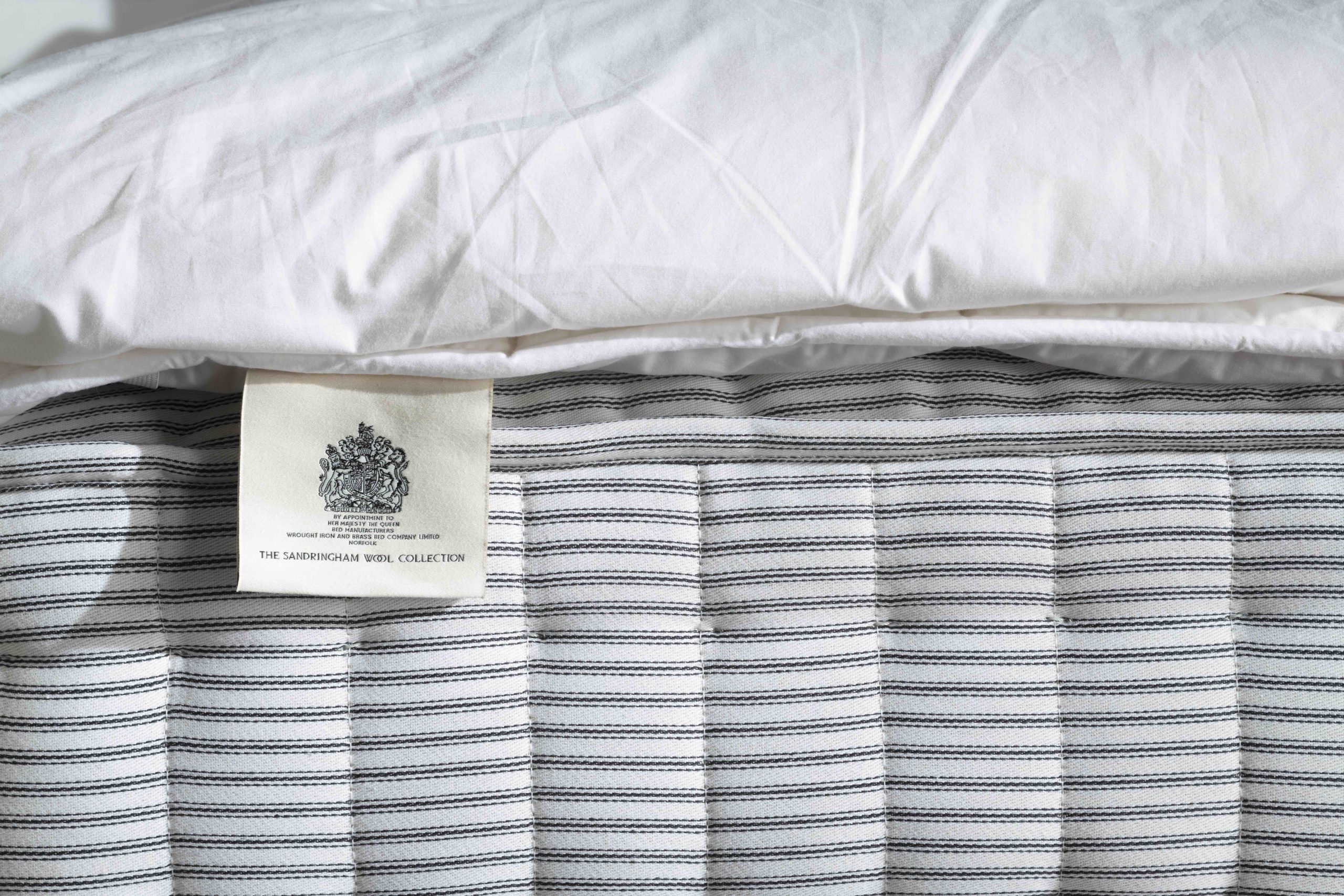
The Sandringham Collection mattresses benefit from the many wonders of wool that have been highlighted by the Campaign For Wool since it was launched in 2010 by The King when he was still Prince of Wales — it’s sustainable, breathable, flame retardant, hypoallergenic and multi climatic. The works.
Added to this, the mattresses benefit from time-honoured techniques, including the hand teasing and nesting of the wool and hand stitching. For further bedded bliss, Woolroom also sells duvets, pillows and mattress layers that swathe you in wool from Derbyshire’s Chatsworth estate, which offer the temperature-regulating benefits of Nature’s gift to Man.
Sign up for the Country Life Newsletter
Exquisite houses, the beauty of Nature, and how to get the most from your life, straight to your inbox.
The Wrought Iron and Brass Bed Company (01485 542516; www.wroughtironandbrassbed.co.uk); Woolroom (01780 461217; www.woolroom.com)
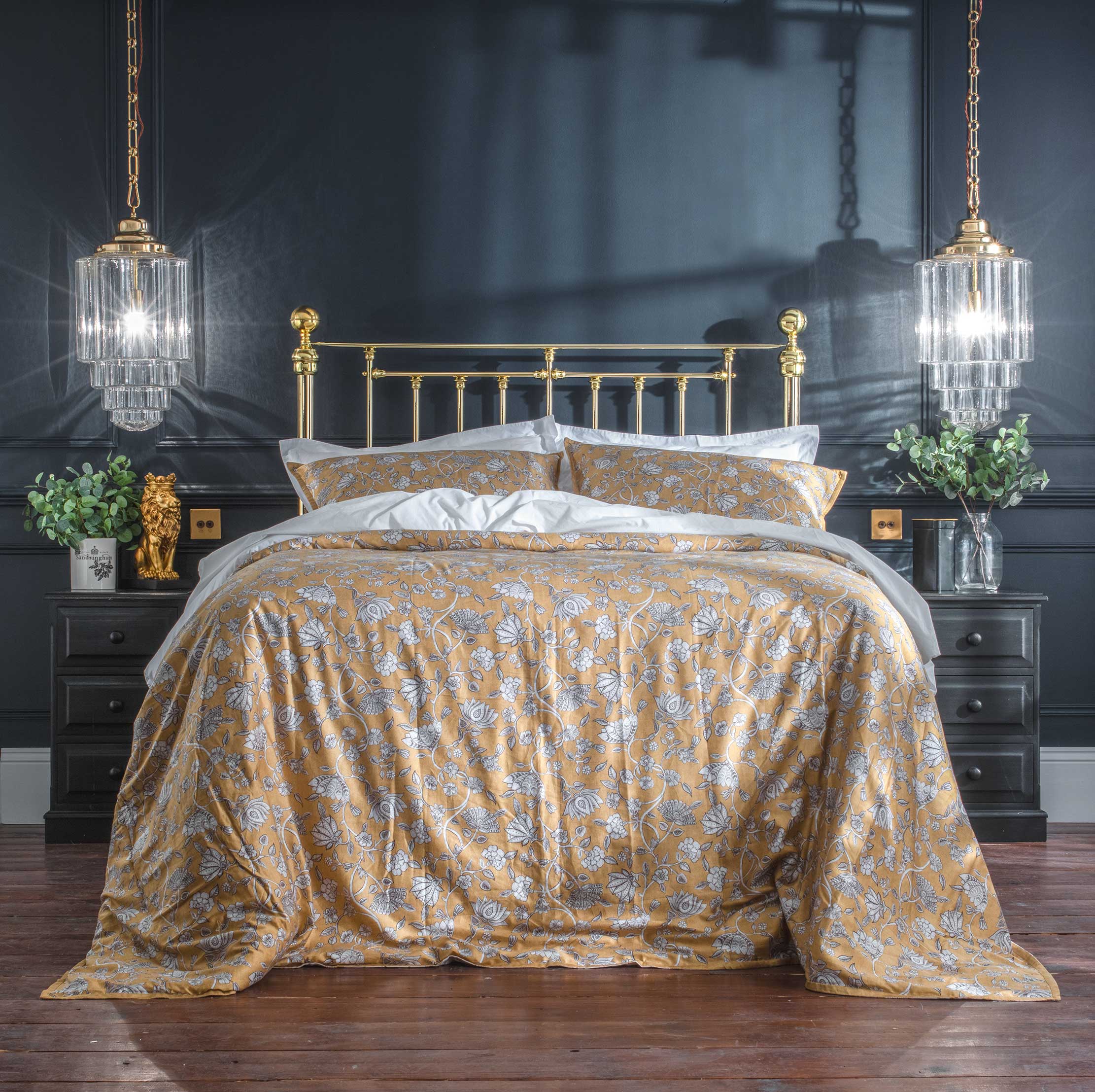
The Wrought Iron and Brass Bed Company: Local heroes
In the twenty years since Amanda Oldfield and her family established The Wrought Iron & Brass Bed Company, they have

Made in Britain: The Wrought Iron & Brass Bed Co
The Wrought Iron & Brass Bed Co is a Norfolk-based bed manufacturer.
-
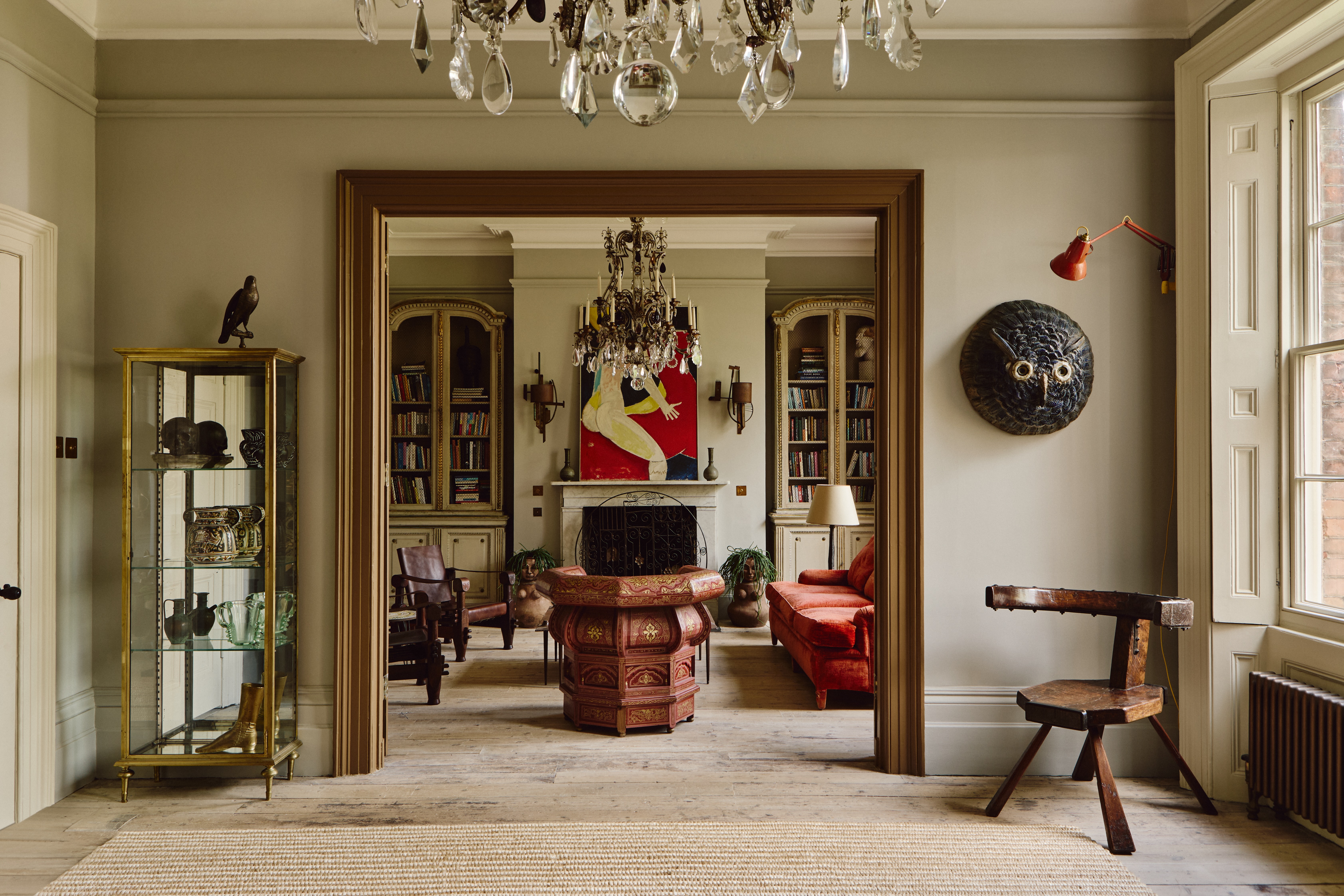 ‘It had the air of an ex-rental, and that’s putting it politely’: How an antique dealer transformed a run-down Georgian house in Chatham Dockyards
‘It had the air of an ex-rental, and that’s putting it politely’: How an antique dealer transformed a run-down Georgian house in Chatham DockyardsAn antique dealer with an eye for colour has rescued an 18th-century house from years of neglect with the help of the team at Mylands.
By Arabella Youens
-
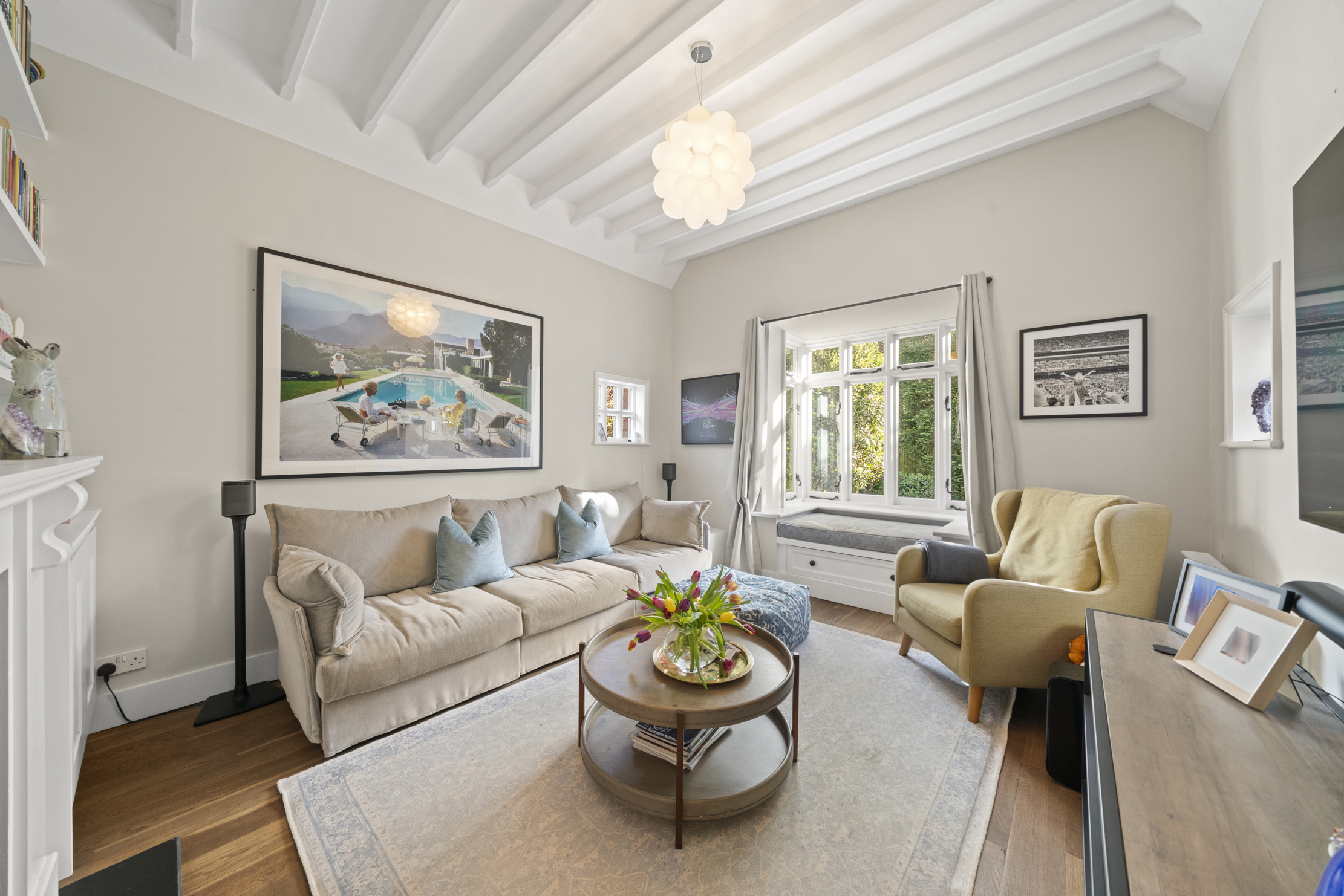 A home cinema, tasteful interiors and 65 acres of private parkland hidden in an unassuming lodge in Kent
A home cinema, tasteful interiors and 65 acres of private parkland hidden in an unassuming lodge in KentNorth Lodge near Tonbridge may seem relatively simple, but there is a lot more than what meets the eye.
By James Fisher